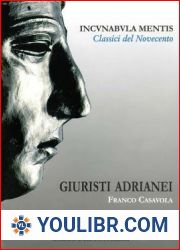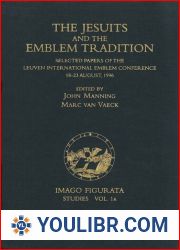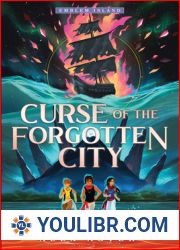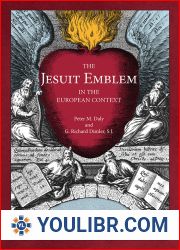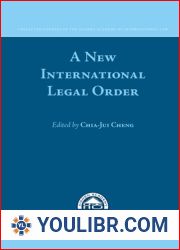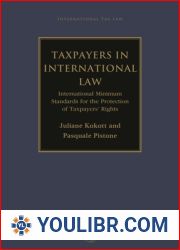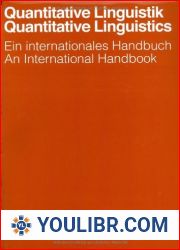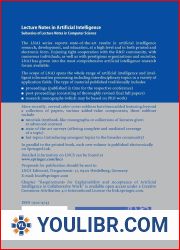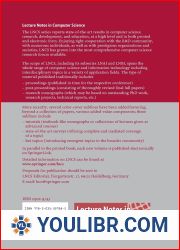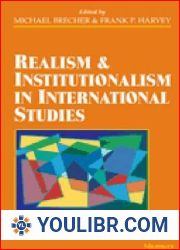
BOOKS - The International Emblem: From Incunabula to the Internet Selected Proceeding...


US $8.95

550632

550632
The International Emblem: From Incunabula to the Internet Selected Proceedings of the Eighth International Conference of the Society for Emblem Studies, 28th July-1st August, 2008, Winchester College
Author: Simon McKeown
Year: April 1, 2010
Format: PDF
File size: PDF 16 MB
Language: English
Year: April 1, 2010
Format: PDF
File size: PDF 16 MB
Language: English
The emblem, a Renaissance literary genre which combined text and image, was used to convey erudition, admonishment, propaganda, and piety with unparalleled concision and economy. It arose out of humanist circles in the early sixteenth century, and became quickly established as a staple tool in religious, political, and social discourses across the major European languages. In recent years the emblem has come to be regarded by scholars working in all areas of the humanities and cultural studies as an interdisciplinary matrix of extraordinary utility in gaining insights into the mentalities and preoccupations of the early modern era. This collection of essays attests to the sheer range and reach of the emblem, both within Renaissance and Baroque Europe, and in those parts of the wider world where European influence came to bear. The book seeks to follow the development of the emblem from its beginnings in various forms of bimedial artefact, from early illustrated books and hieroglyphs, to medals and ancient coins; we then witness its deployment as a propagandistic tool in the temporal and confessional disputes of Europe. Thereafter, the emblem appears in non-European contexts, appearing as a place of cultural exchange as it was assimilated within indigenous visual traditions. The last parts of the book concentrate on the often subliminal role emblems played in diverse literary texts, as well as their ongoing vitality in praxis or in the burgeoning area of emblem scholarship within early modern studies.








